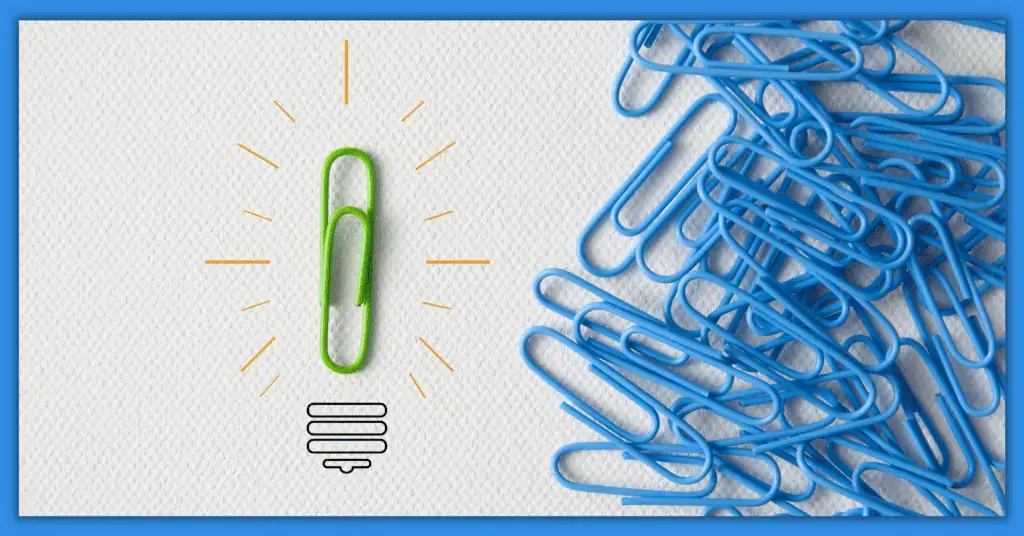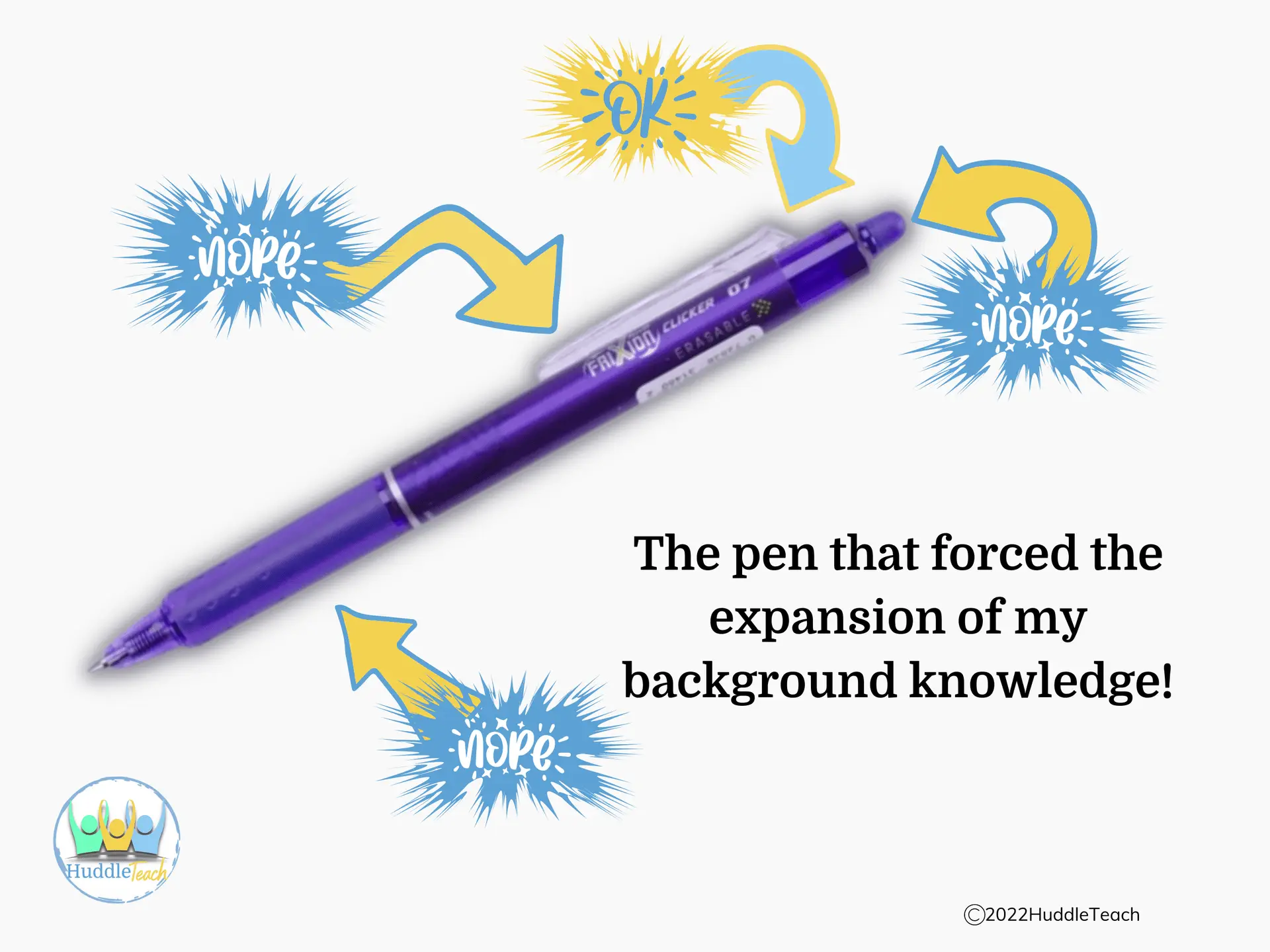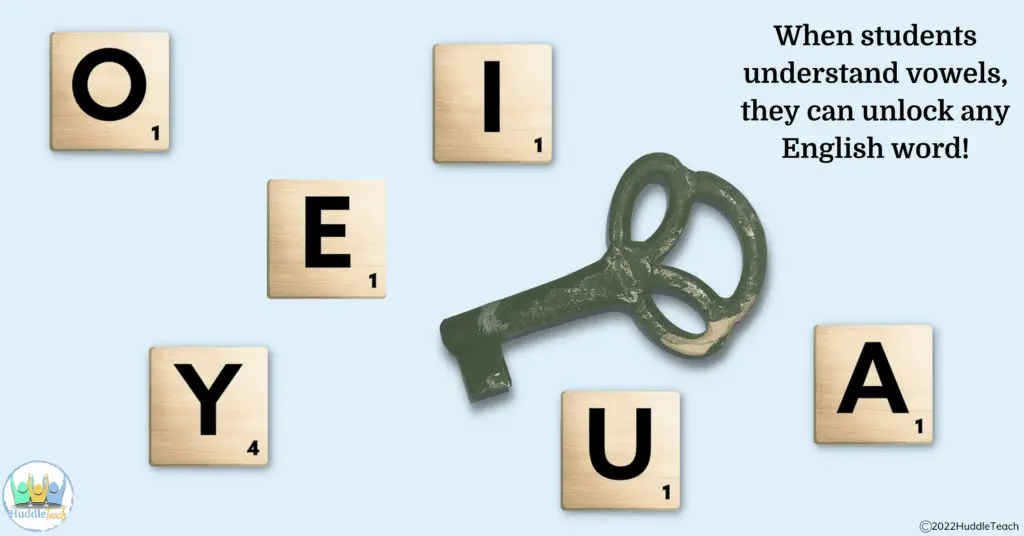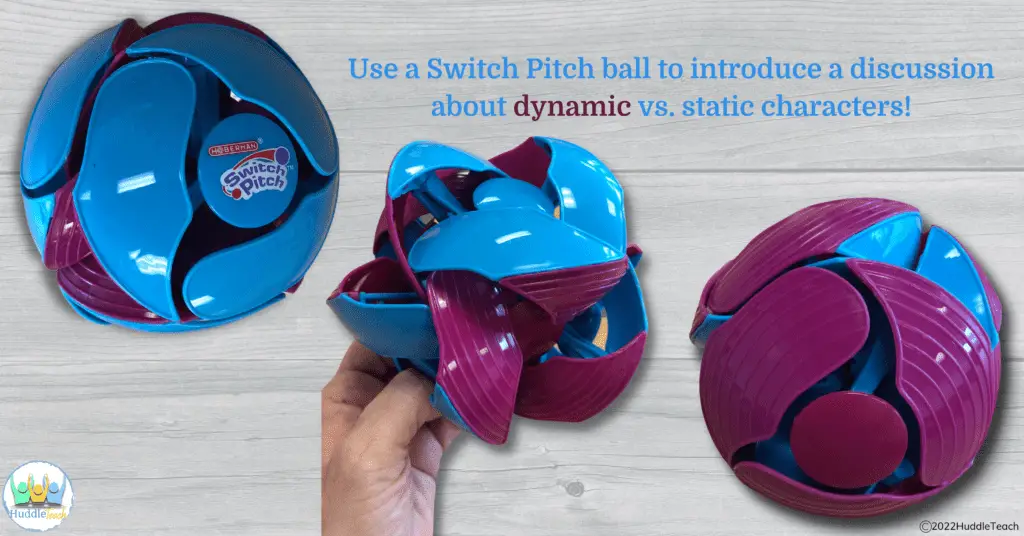
Make literacy learning tangible for your older readers!
Concrete to abstract thinking is one of those topics usually connected to math instruction. And besides think alouds and early phonics (a is for apple), reading seems to provide little opportunity to connect a concept to something tangible. Yet students must use abstract thinking to comprehend things like figurative language and to interpret the nuances of conflict and character. Using analogies to explain ideas is especially helpful (read more here), but as a secondary reading specialist, I often have trouble finding something to which students can quickly relate.
And then there was this pen…

Me: I need to sign a form. May I borrow someone’s pen?
Student: I have one! Hands me a lovely ballpoint pen.
Me: Presses the top to engage the nib.
Pen: Nothing.
Me: Twists the bottom section of the pen.
Pen: Nothing.
Student: Press down on the handle.
Me: Presses the clear clip against the shaft of the pen.
Pen: Nothing.
Me: Repeats all the pushing.
Pen: Nothing. Nothing. Nothing. Smirk.
By this point, watching me try to click open the pen is becoming quite comical to the class.
Helplessly, I hand the pen to the student who slowly places her thumb on top of the clip near the pen’s eraser.
Student: Presses down on the clip in the direction of the nib.
Pen: TA-DA! Double smirk.
Me: Sigh. Head hang.
Connecting the pen to background knowledge
The sigh jarred my thinking back to teaching, and I launched into an explanation about the need for background knowledge. I told the students that I was presented with a problem and tried all the ways I knew to solve that problem. Never have I encountered a pen that didn’t work using one of the ways I tried. Like students reading something that does not match their background knowledge, I couldn’t make sense of what my student was telling me to do – even though I knew each of the words she was saying.
As I spoke, I noticed an increase in interest and understanding…so much so that I recommitted to finding more items to act as tangible analogies for literacy concepts. Here are a few more of my favorites:
Other objects to move from concrete to abstract understanding

Using a skeleton key to explain vowels
Showing my key from a living room hutch, I explained to my students that an old-fashioned skeleton key was thought to open any lock, just like knowing vowel sounds helps you unlock any English word.
I showed students CVC words without the V and talked about how hard it is to know the word without the middle vowel. Is this hit, hat, or hut? If you don’t know the vowel sound, you are just guessing at the word. After reviewing the vowel sounds, we talked about how difficult spelling an unaccented syllable is as the vowel is typically a schwa sound, leading to another conversation about the importance of knowing spelling rules.
I let the discussion carry, and students brought up long words, so we tried a few with vowels removed, such as _nt_r_st_ng. Reasoning that i usually proceeds ng and that a or i could be first, we trial-and-errored our way through. We also had a lengthy conversation about the letter r influencing all of the vowels. As we read longer words now, students seem to have a different level of acknowledgement and appreciation for vowels!

Throw a switch ball to explain dynamic characters
A switch ball is one those amazing things that immediately gets students’ attention. When you toss it, the insides switch to the outsides and the ball becomes a different color! I paired this with our class basketball to explain static and dynamic characters.
Static characters don’t change in a story. The basketball remained the same no matter how I threw it. We could describe the appearance of the basketball and a few of its qualities, but otherwise, it was a very uninteresting experience.
Dynamic characters undergo change in a story. Like our switch ball, we can see much more of this kind of character. In fact, we can even pull it a little apart to see the inside – just as the author shows us the thoughts and feelings of a character. If we toss the switch ball slowly, we can actually see it change, in the same way you can analyze a dynamic character in a story. We can plot that change through plot development. (Read this related post about plot lines!)
Need one more?
Picture mosaics are a great way to introduce the reading strategy synthesis! Different than just mosaics, these actually show how individual ideas and information combine to create a new understanding. The mosaics on this site are great examples! And check this website for creating one of your own.
More info for you!
Want to know more about abstract vs. concrete thinking, how it’s used in school, and the phases of development? Check out this article from Choosing Therapy!


